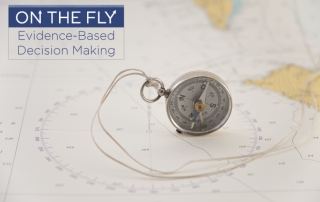Re-visioning funder impact
When it’s hard to see the forest for the trees, it turns out to be not so good for the trees– or the forest. Jennifer Teunon, the Executive Director of the Medina Foundation has recently written a thoughtful piece on the Philanthropy Northwest blog (reposted from National Center for Family Philanthropy) about the need for grantmakers to re-think their approach to funding for non-profit organizations. She does a great job of describing the corrosive real-world effects on grantees of the program-specific approach to funding favored by most funders in contrast to a general operations funding approach. When funders only look at the specific programs that a non-profit operates rather than its work as a whole (i.e., the infrastructure required to support the whole package), valuable staff time is bled off to respond to ever more granular grantwriting demands. On top of that added stress, program-specific funding also fragments organizations and promotes a silo mentality, sapping a non-profits’ vitality. We appreciate Jennifer’s shout-out to nonprofit leaders who are calling attention to this problem such as our friend Vu Le of Rainier Valley Corps, whose blog often takes on this topic with insight and unicorn jokes. We also appreciate Jennifer’s recognition that an underlying factor contributing to grantmakers’ narrow focus on programmatic outcomes is the grantmakers’ need to demonstrate its own impact. As she puts it, “I believe [a grantmakers’ tendency towards a granular focus on programs] is primarily because foundations want to understand and quantify their own impact. By earmarking dollars to a specific program, many foundations hope to draw a line from the dollars they give to the outcomes nonprofits achieve.” And that cuts to the heart of the problem… […]




